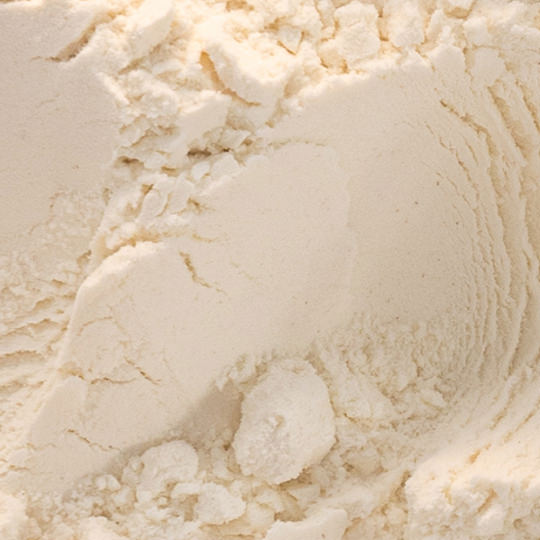
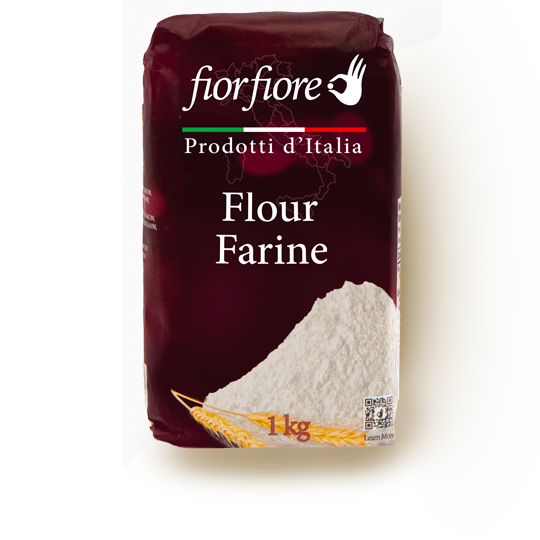

Flour
Flour is the base ingredient for fresh pasta, pizza and homemade desserts. Quality is assured by the fragrance and texture of the baked goods.
Something about Flour
- The use of flour has been documented since ancient times, starting with the industrious Egyptians who used the first clay ovens. The term "flour" comes from the Latin "far", now farro, a cereal similar to wheat and very common in pre-Roman and Roman times.
THE WORKING PHASES: A "flour" is a fine ground product. The grinding process begins with the cleaning of the grain. There are three cleaning phases followed by the wetting or conditioning phase. - PRE-CLEANING: The first phase is called pre-cleaning and it is performed as soon as the product arrives at the mill, before storing it. It improves its preservation until the next process.
- CLEANING: Cleaning is performed before grinding. At this stage cleaning must be done carefully and more machines are needed. Each machine is used to remove specific impurities. The most important is the grain brusher, which is used to clean the grains deeply by brushing their exterior and removing dust, dirt, or any other possible impurities.
- WASHING AND RESTING: Washing the grain and letting it rest (also called "conditioning") allows the external part of bran to soften. Therefore, during grinding, it will not shatter and will remain softer and larger in size, facilitating the separation when sieving.
- THE GRINDING: After washing and resting, a second cleaning is almost always performed, to further improve the clensing of the product, after which the wheat is ground. "00" indicates the degree of grinding of the flour: 00 is more refined, while 0 has a coarser grain.

Ingredients
Wheat Flour type 00, niacin, iron, thiamine mononitrate, ribo flavin, folic acid.
Preparation
Store in a cool, dry place out of direct sunlight.
| Nutrition Facts | Per 1/4 cup (30 g) | %Daily Value* | Read more | |
|---|---|---|---|---|
| Calories | 101 | |||
| Fat | 0 g | 0% | ||
| Saturated | 0 g | 0% | ||
| Trans | 0 g | |||
| Carbohydrate | 22 g | |||
| Fibre | 1 g | 3% | ||
| Sugars | 0 g | 0% | ||
| Protein | 3 g | |||
| Cholesterol | 0 mg | |||
| Sodium | 0 mg | 0% | ||
| Potassium | 13 mg | 0% | ||
| Calcium | 2 mg | 0% | ||
| Iron | 1 mg | 7% | ||
| Thiamine | 0,2 mg | 16% | ||
| Riboflavin | 0,1 mg | 9% | ||
| Niacin | 1,6 mg | 10% | ||
| Folate | 0,05 mg | 11% |
*5% or less is a little, 15% or more is a lot.
Recipes
Puglia:
the heel of
the boot
The region of Italy where the most wheat is produced is Puglia. A land embraced by two seas with crystal clear waters, the Ionian Sea and the Adriatic for a total of 800 km of coastline. This region is a concentrate of hospitality, art, history and nature.
From the ancient Greeks to the Romans, through medieval kingdoms, the land is rich in archaeological excavations and castles.
It is thanks to many Apulian products that Italy can boast to be a source of excellent food. From extra virgin olive oil to fine wines. Sun-dried tomatoes are a major staple of Central and Southern Italy, but it is in Puglia where the major producers are.
Martina Franca, in the province of Taranto, Puglia.
You might also like...
Submit your review | |
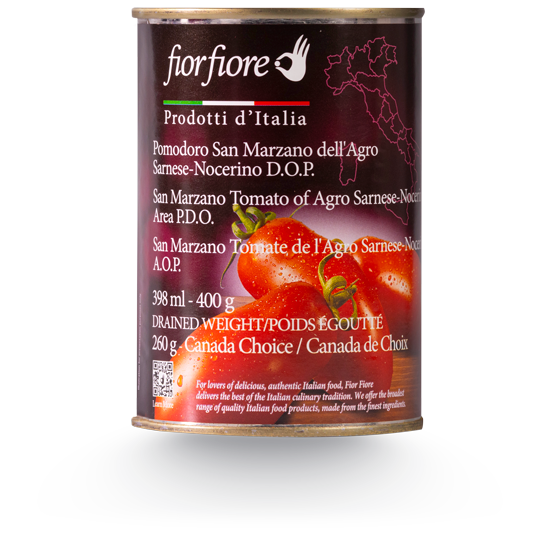
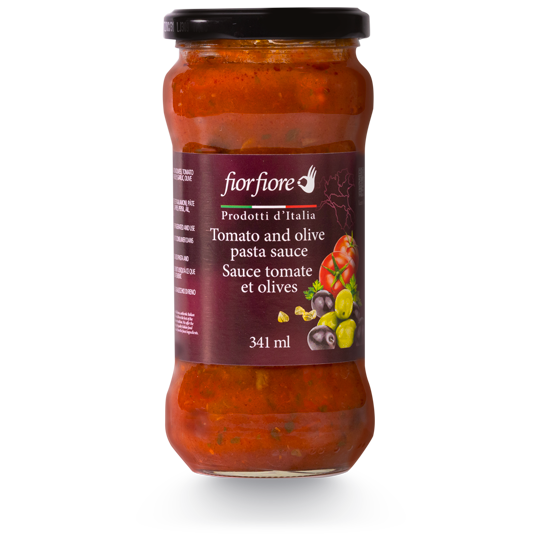
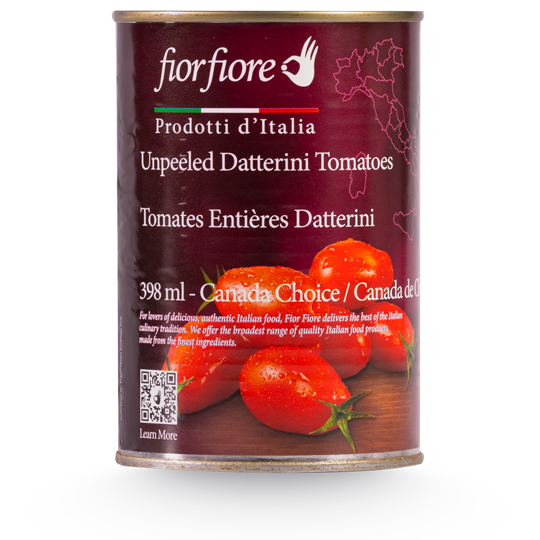
 FiorFiore USA
FiorFiore USA